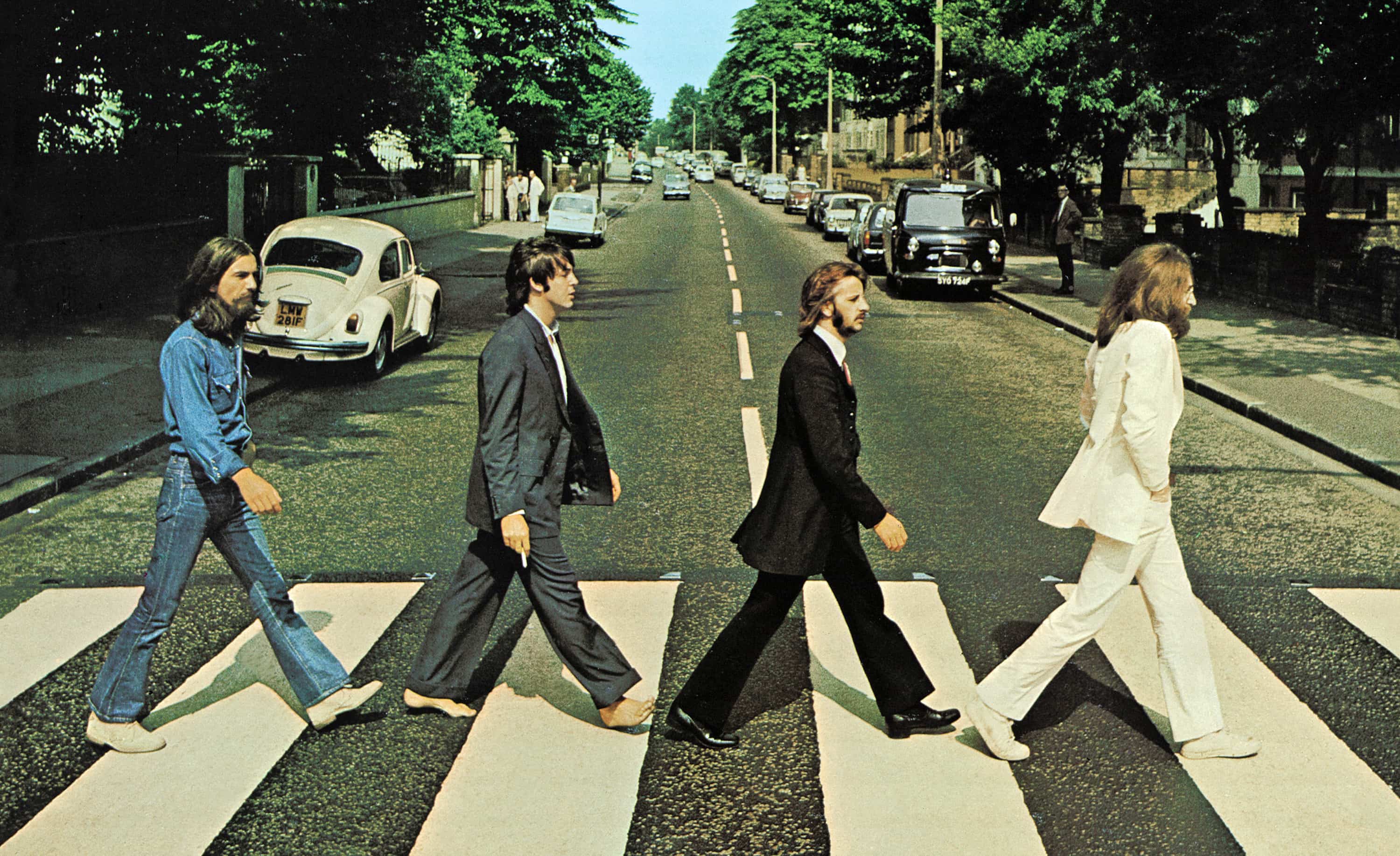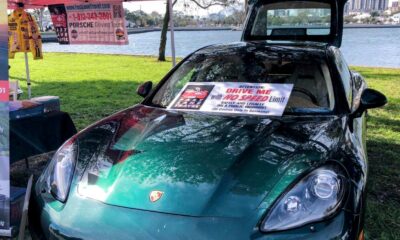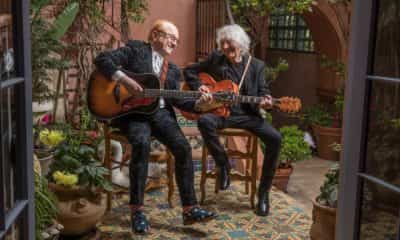Create
The Beatles’ ‘Abbey Road’ at 50: Polishing a diamond

One example of the durability of Abbey Road, the final Beatles album, is that the remix in its new, 50th anniversary edition barely registers. Abbey Road was so carefully crafted back in the summer of ’69, so well-produced, that there was hardly any tweaking to be done to make it sound fuller and richer to contemporary ears.
And that, in pop music terms, is the definition of timelessness.
Abbey Road was the only Beatles album recorded entirely on eight tracks, meaning producer George Martin and his engineers had a broader sonic palette to work with than they had with the groundbreaking Sgt. Pepper’s Lonely Hearts Club Band in 1967, or 1968’s The Beatles.
Presumably, remix producers Giles Martin (son of George) and Sam O’Kell could have radically re-worked those eight tracks. All of which were fully utilized by the Fab Four on the original session tapes.
But this is the Beatles, it’s history, and has Giles has said over and over again, the mission with these anniversary projects is not to change, but to broaden, to wipe a bit of Windex on the window of sound.
Even so, this remix sounds almost identical to the original album – the act we’ve known for all these years, so to speak. A listener might say “The drums are a little louder in this section,” or “I’ve never heard those background vocals before,” but, essentially, it’s still Abbey Road.
As Giles has also said: Why paint a moustache on the Mona Lisa?
The 50th anniversary Super Deluxe Edition also includes a detailed, hardcover book full of photographs and analyses of each song and its session, an audiophile disc of the remix, and two CDs of outtakes.
The Beatles catalog is packed with songs that changed dramatically from the first take, from “Can’t Buy Me Love” to “Norwegian Wood,” “Tomorrow Never Knows” to “While My Guitar Gently Weeps.” Artists’ visions often morph and mutate during the creative process.
As these session outtakes show, the songs on Abbey Road arrived, more or less, fully formed, and the final versions were hammered out in the studio, by addition, subtraction and happy accidents, until everyone was satisfied.
John Lennon, Paul McCartney, George Harrison and Ringo Starr were in their late ‘20s when they last worked as a unit – by then, they had developed as individual songwriters, singers and record-crafters, and they knew exactly what they wanted. Martin Sr. later described himself as a “facilitator” in 1969.
To put Abbey Road in context: Lennon, who’d announced (in that loud, public way at which he excelled) that he was now “JohnandYoko.” This was the year of bed-ins for peace, avant-garde filmmaking and experimental albums filled with found audio and smirking gibberish.
“Give Peace a Chance” (credited to the Plastic Ono Band) was recorded and released at the same time the Beatles were in EMI Studios creating Abbey Road.
His relationship (both personal and professional) with his new bride Yoko Ono was usurping Lennon’s interest in all things Beatle. Indeed, in September – before Abbey Road even appeared in record shops – he’d announced to a stricken McCartney that he was leaving the group.
Harrison was in the early blush of immersion into Krishna consciousness – a religious application to which he’d adhere for the rest of his life – and, like Lennon, rapidly losing interest in the pop group that had made him one of the biggest musical stars on the planet.
Only McCartney, who had just married for the first time and was enjoying the domestic life, was determined to keep the Beatles together.
(Starr, of course, was happy to go along with whatever the three songwriters chose to do.)
A month’s worth of rough recordings done in January, without producer Martin, had been deemed unsatisfactory and shelved, but by April the four Beatles were back at EMI’s venerable recording facility on Abbey Road in North London to make another album in the “good old way.”
Although it’s long been believed the sessions were tense and acrimonious, on these outtakes the four Beatles are all in good spirits, laughing, joking, taking the mickey and working together on each other’s compositions.
It’s a fascinating glimpse behind the scenes, eavesdropping as such seminal songs as “Here Comes the Sun,” “Come Together,” “Because” and “You Never Give Me Your Money” – the record’s only acknowledgement of the business issues that were driving the wedge deeper between them – are built from the ground up.
The legendary medley that closes out the album, a half-dozen half-finished songs strung together, is presented here in a trial edit. The pieces had all been recorded, some separately, some as two-at-a-time, and they were stitched together with the provisional title “The Long One.”
This way, the Beatles could check to see if the whole thing flowed. It didn’t, at first.
Most notably on “The Long One,” included in this set, the McCartney-only coda “Her Majesty” was originally sandwiched between Lennon’s “Mean. Mr. Mustard” and “Polythene Pam.” It’s clear here that momentum took a nosedive; that’s why “Her Majesty” was hived off and tacked on to the very end, after the glorious finale and McCartney’s send-off to the world “And in the end, the love you take is equal to the love you make.”
The crickets linking “You Never Give Me Your Money” to “Sun King”? Originally a rolling chord played on the organ. There are fuller, more deeply atmospheric background vocals and different guitar lines throughout the entire medley. “One two three four five six seven, all good children go to heaven” comes in much earlier. McCartney’s lead vocal on “Golden Slumbers/Carry That Weight” is entirely different.
While lesser artists might have left things they way they were, pop’s greatest architects listened and made the adjustments they felt were necessary.
There are other gems, including McCartney’s home demo for “Goodbye,” a song he gave to Apple Records signee Mary Hopkin, George Martin’s sumptuous score, isolated, for Harrison’s ballad “Something,” and an early take of Lennon’s torturous but brilliant “I Want You (She’s So Heavy)” with Billy Preston “doing a freak out” on the organ.
The Beatles briefly discussed following up Abbey Road with another album later in 1969; once Lennon made his big announcement, that plan went out the window. Eight months later, the aborted project from earlier in the year was remixed by Phil Spector and posthumously released as Let it Be.
The cover photograph of the four Beatles walking across Abbey Road was instantly iconic, and EMI re-named its facility Abbey Road Studios within the year.








Bobby Salerno
September 27, 2019at3:28 pm
Great timing in reading this publication as I just received the deluxe set via Amazon home delivery, and I no sooner put the 2019 remix into my stereo when my phone notified me of an incoming email from Catalyst….and your article! Just another example of “Instant Karma”. By the way, Bill, great seeing you the other night at another one of your great presentations.